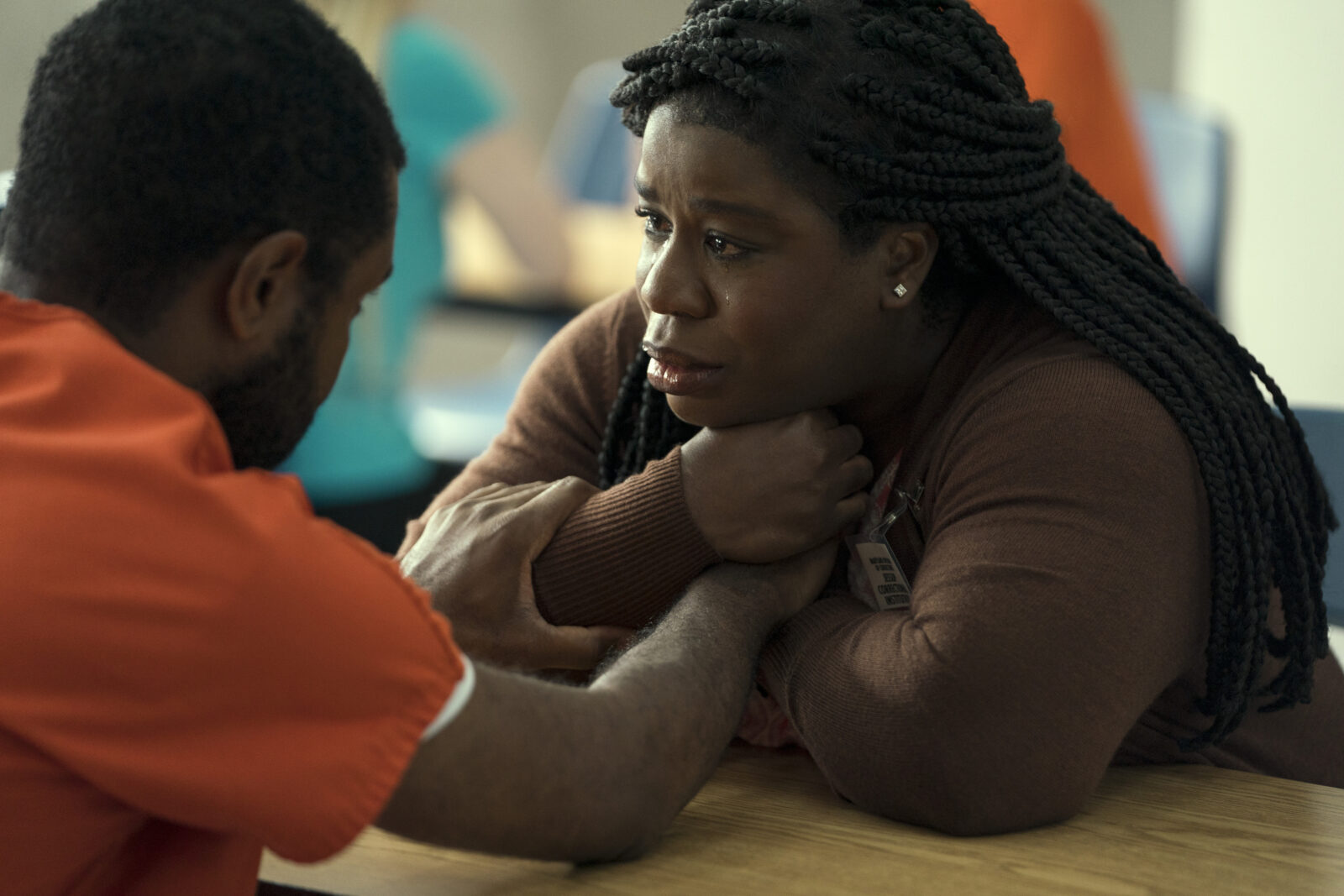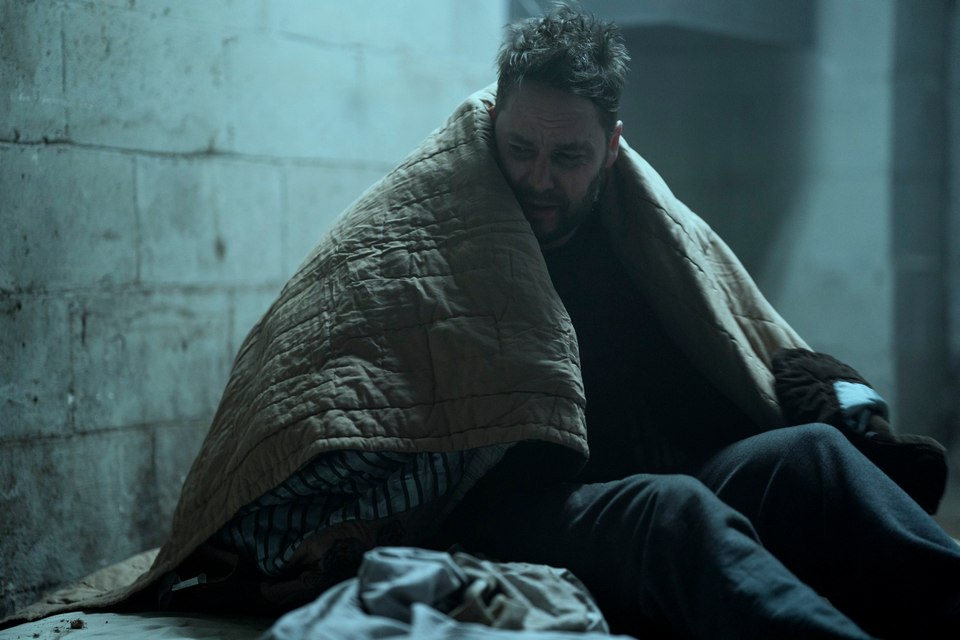Brendan Steacy, CSC has been recognized for his cinematography that pushes the boundaries of style and storytelling, on features like Stockholm and Flashback, as well as series work on Alias Grace, Titans, and Clarice.
To help embrace the often impromptu and performance-first series oeuvre, Steacy trusted ZEISS Supreme Primes with the ARRI LF to achieve his creative vision.
“The 50mm is kind of the messiest and tests the worst, but I ended up shooting almost the whole show on it”
Steacy needed a camera package that would let his team work nimbly and creatively in this anomalous environment: “The main consideration was to go small and light because the show is entirely handheld. We needed something that was fast because I really needed to be able to control where people were looking in frame.” That’s why he chose ZEISS Supreme Primes with the ARRI Mini LF. “The lenses were one of the only tools we had left to us, and I needed to at least be able to control where someone’s eye goes and to make some of the background go out of focus.”

The lens set offered Steacy its own opportunity for him to let go of preconceptions and embrace what worked best in the moment: “I had tested the whole set and I thought I was going to use the 40mm the most, along with the 65mm. The 50mm is kind of the messiest and tests the worst, but I ended up shooting almost the whole show on it. I fell in love with it. It renders faces absolutely beautifully. It has the most aberrations, which actually gives it the most organic feel.” The dynamic, constantly fluid nature of Painkiller led him to treasure the lenses capable of both beautifully rendering a close-up then offering a wide frame of view when the camera shifted to a new set up mid-take.

Armed with this lightweight lens and camera body, the camera operators were able to accomplish long, intricate takes, that could last a full 25 minutes uninterrupted. Steacy recounts, “We had a big courtroom scene that was seven pages with all the leads and 200 extras. Camera operators, Iain Baird, and Bret Hurd, had incredible chemistry. They had this beautiful sort of ballet going on between them. They would talk to each other the whole time because sometimes they were walking backwards blind, both covering different people. Then they would intersect and suddenly they’d go into profiles and switch people, trying to time it on the fly.”

The long courtroom scene consisted of almost 60 setups between three cameras, which were accomplished in a single 25-minute rush of activity. “Suddenly one camera is going in for closeups and I literally had 1st AC Craig Jewell change the lens while we were rolling, in the middle of a take. If you watch the dailies, you can see the lens comes off and a new one goes on,” recounts Steacy. “The whole scene is handheld. You’re flying around and there’s no adding eye lights or tweaking. This is the room, we’re lit, now grab everything in both directions, including inserts, ultra closeups and giant wides. Everything’s all there in the same single take.”
Image credit: Ashlea Wessel










